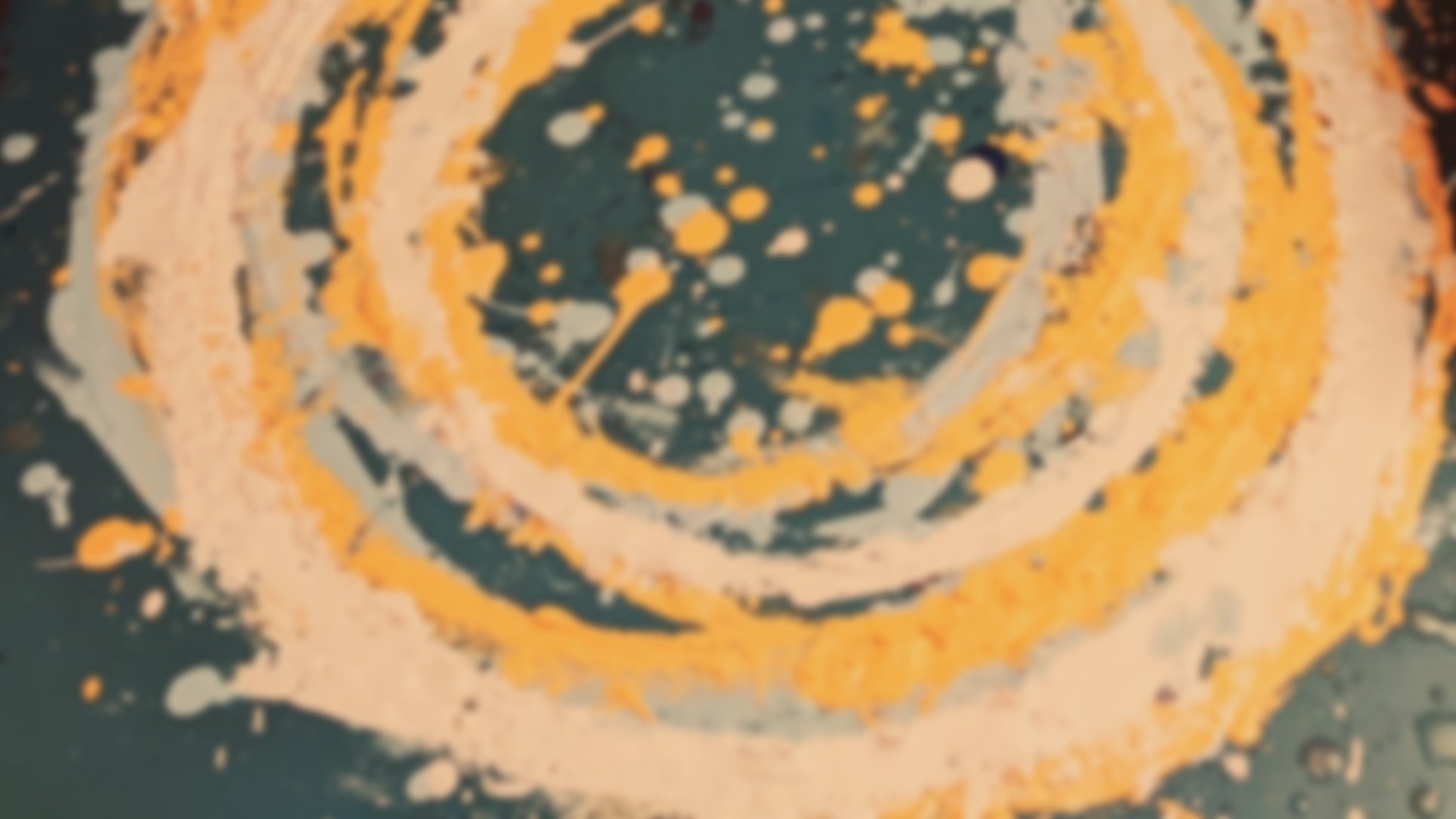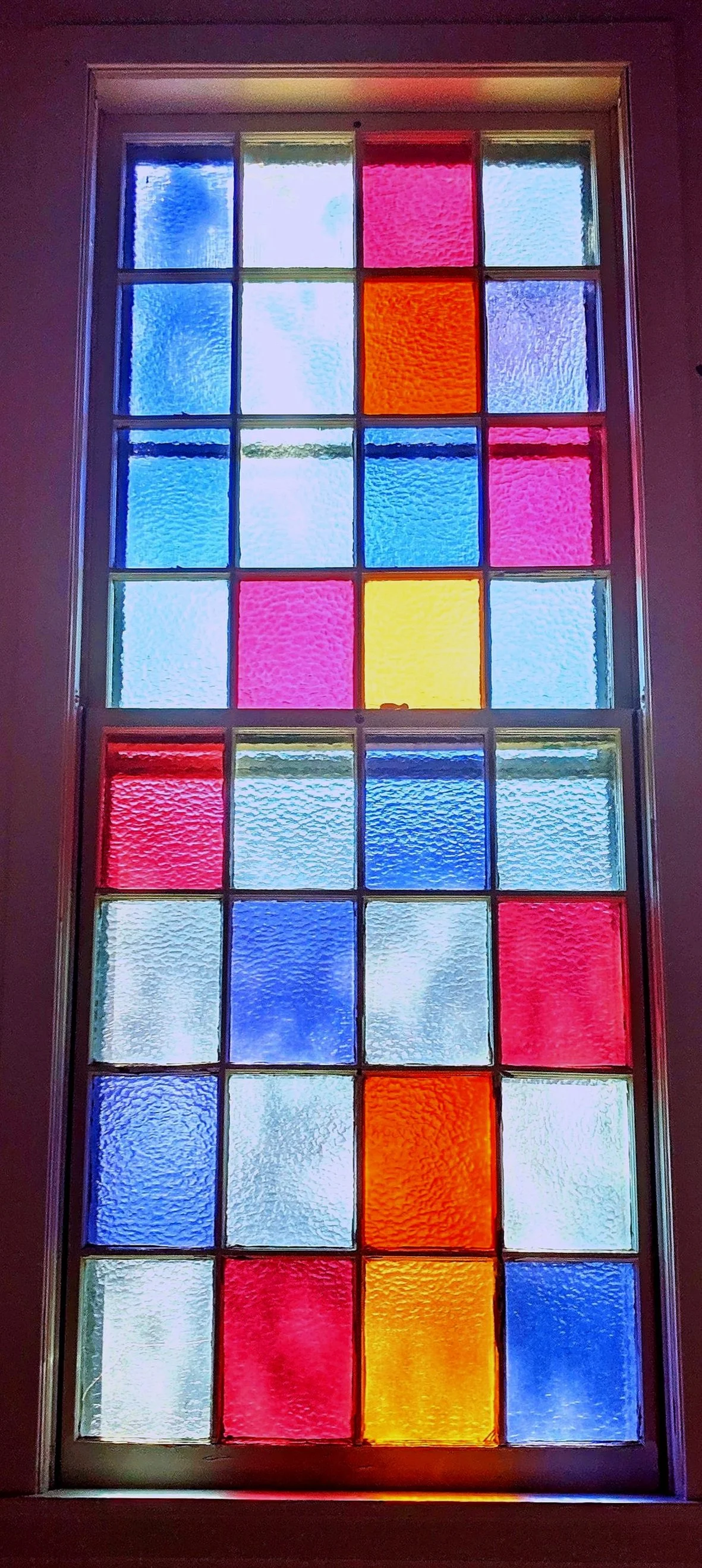
Guide to an Accessible Creative Practice
This Guide Aims to Empower Artists to Create Accessible Art
There are several resources available for and by Arts and cultural institutions aimed at educating cultural workers, arts leaders, and curators on how to develop accessible exhibitions, public programming and organizational policies. Chiefly among them is "Vital Practices in the Arts" by Tangled Art + Disability and Carolyn Lazard’s “Accessibility in the Arts: A Promise and a Practice"; these guides outline accessibility recommendations aimed at small scale nonprofits and arts organizations. This is extremely valuable information to know for all professionals working in the arts - including artists.
However, aside from the brilliant work done by Disabled artists who are embedded in Disability culture, accessibility is very rarely considered by artists in the process of making artwork. Socially Distant Art aims to introduce artists, creators, and cultural leaders (at any career level) to accessibility practices and teach them how to situate those features within an arts context. The hope is that creators will begin to consider and integrate accessibility features within the foundation of their artwork and creative practice, instead of adding them at the end, or not at all. Additionally, since many arts leaders and curators still do not take accessibility seriously, artists have the opportunity to play a more active role in creating inclusive art spaces by ensuring their artwork is accessible from the start. Creators should consider this both a social justice oriented obligation and an enriching care-based process.
Table of Contents
Image Description: A tall grid glass window with brightly colored glass panels. The diffused sunlight illuminates the ripped glass, creating a vibrant glow of pink, blue, yellow, white, and orange.
